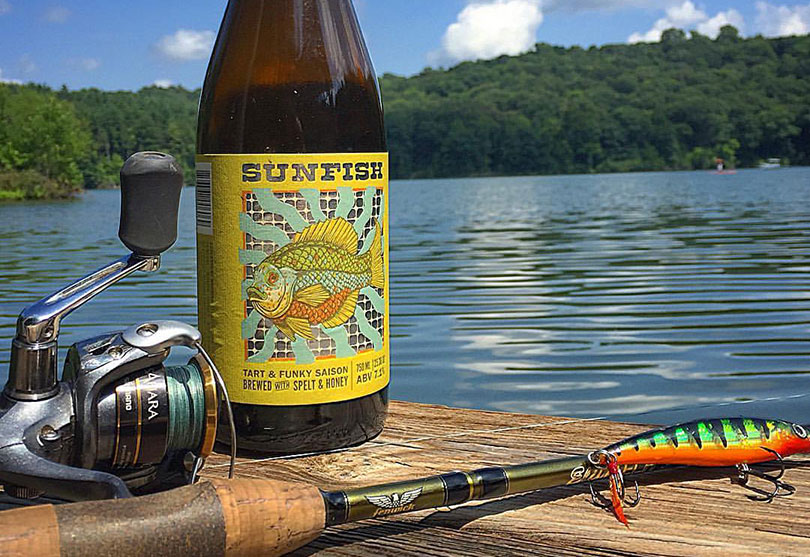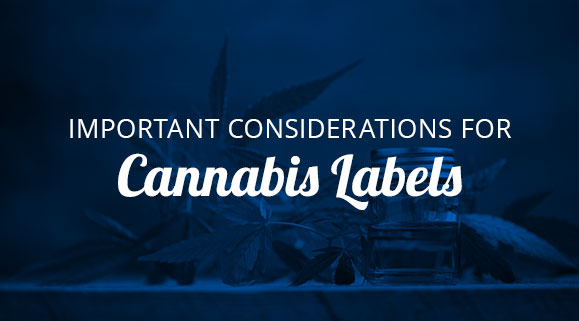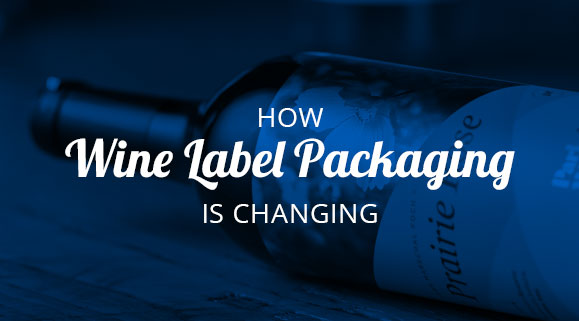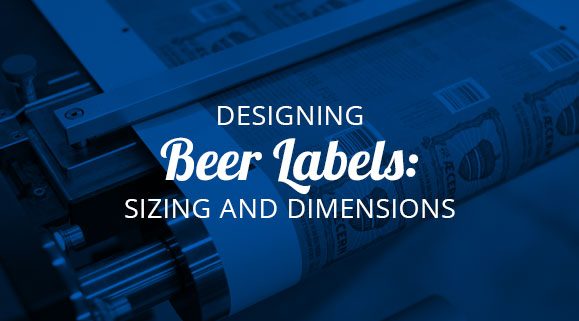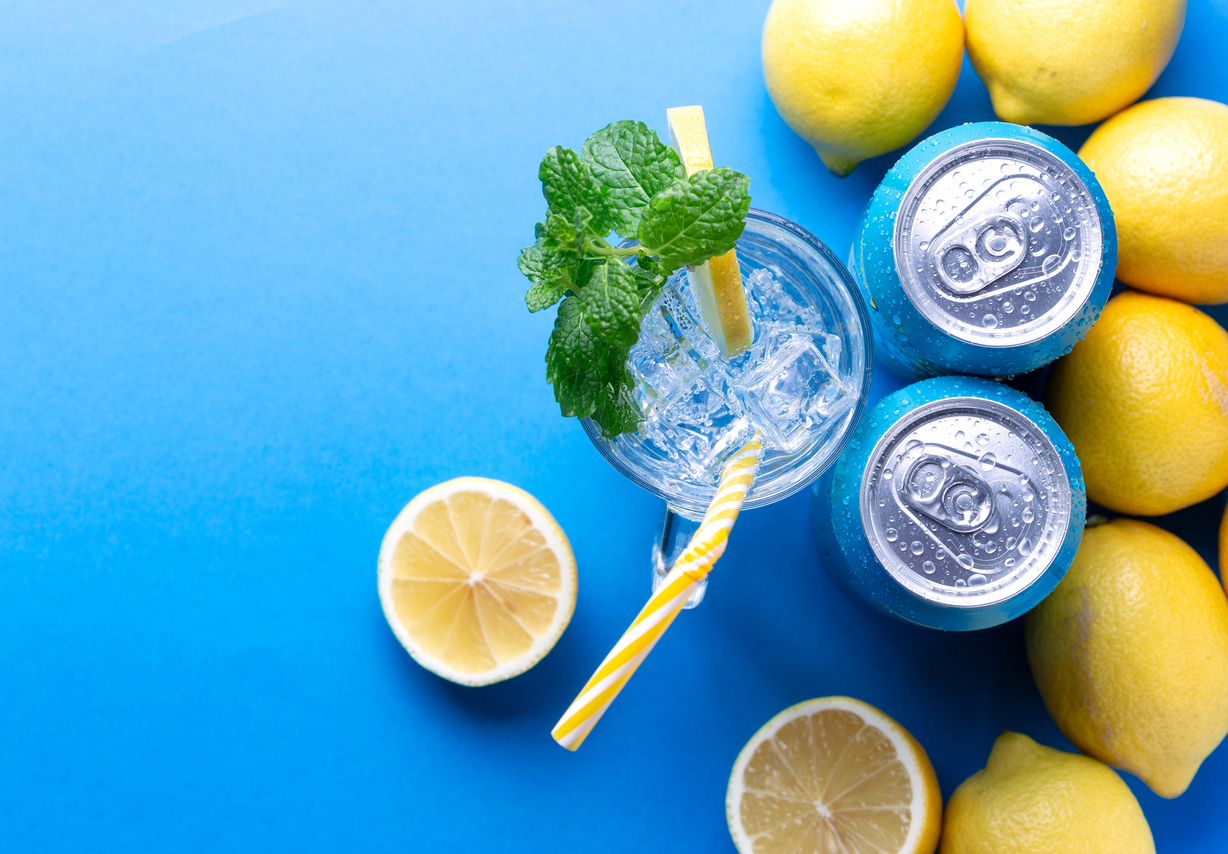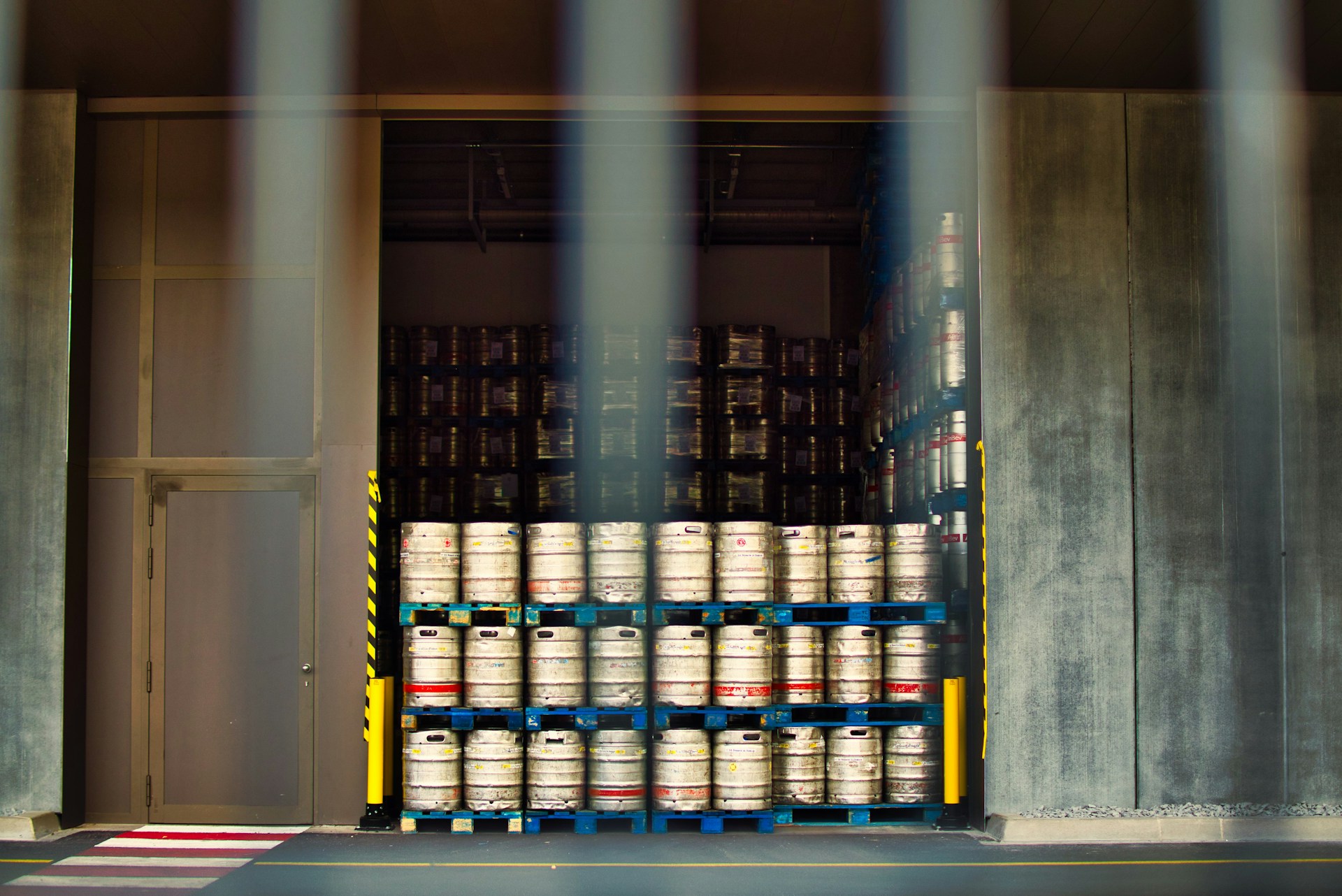Where Can I Find a Beer Label Designer?
- alcohol labels
- craft beer
- designers
- label design
Even a tasty beer can fail if nobody buys it. The craft beer market is growing rapidly, with global data company Nielsen citing that craft sales are up more than 65 percent in the past five years. If you want a nice slice of that multi-billion-dollar pie, you need to make sure your product stands out in a very competitive crowd.
Your beer label is going to be the first thing shoppers will see, so you need to attract their eyes before you can convince their taste buds to go on a second date. A professional beer label designer can create a label that not only sticks out on shelves, but also allows you to tell a story about the beer that you’ve carefully crafted.
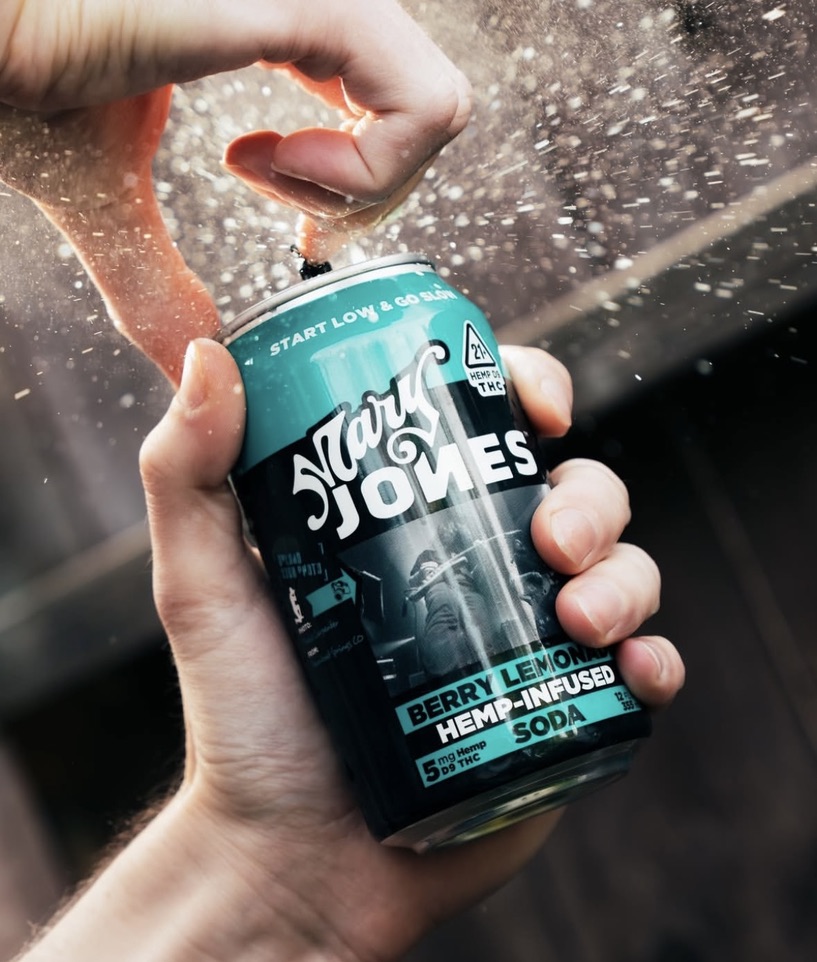
Do You Really Need a Professional Label Designer?
Even if you’re tempted to handle design in-house or try a DIY approach, working with a pro can really take your label to the next level. Professional label designers bring specialized expertise and a proven track record that often translates into higher quality and more effective packaging.
If you don’t believe us, consider these findings from Nielsen’s craft beer design audit:
- 70 percent of craft beer buyers decide which beer to buy right at the shelf
- 66 percent of American craft beer buyers say that a beer’s label and packaging are “very” or “extremely” important for getting noticed
- 60 percent say that a beer’s label and packaging are “very” or “extremely” important in convincing them to give it a try
- 71 percent of craft beer buyers say they like to try brands with bold and interesting packaging
That’s a lot of people judging a beer by its looks, which is why finding a designer who truly understands your product can be a game changer.
Getting It Right: Technical and Production Tips
Great design is important—but it’s equally important that your concept translates into the final product. Here’s what you need to know about the technical side:
- Print Resolution & Color Models: Make sure your artwork is high resolution (at least 300 DPI, meaning it’s sharp enough for printing) and designed in the appropriate color mode—CMYK. This standard printing color model ensures that what you see on your screen matches what comes off the press.
- Material & Finishing Options: Think about which paper or packaging material complements your design best. Options like matte, gloss, or textured finishes can really change the overall look and feel. Other options like foil stamping, embossing and debossing, and lamination can make parts of the label stand out.
Regulatory & Compliance Factors: Remember, your design needs to follow certain rules—like those in the Alcoholic Beverage Label Act, which spells out what info must appear on your label (health warnings, ingredient lists, alcohol content, etc.). Make sure your designer is aware so you don’t hit any snags during production.
Cans vs. Bottles: Label Design Considerations
When evaluating designers, keep in mind that cans and bottles each have unique design considerations:
- Label Size and Shape: Bottles often require multiple labels, including front labels, back labels, and neck labels. Each label needs to communicate effectively on its own, but also fit together cohesively. Cans, on the other hand, typically use a single wrap-around label or shrink sleeve, meaning your design needs to work seamlessly from all angles.
- Visibility and Shelf Presence: Cans offer a continuous canvas that can make bold, graphic-driven designs particularly effective. Bottle labels usually require a more segmented approach, balancing individual elements like logos, text, and mandatory information across multiple labels.
- Neck Labels and Specialty Areas: Bottles frequently include neck labels, which can enhance brand recognition and premium feel. Ask your designer if they have experience leveraging these smaller labels to make your beer stand out.
- Material and Finish Differences: Some label finishes and embellishments (such as embossing, foil stamping, or textured papers) might suit bottles better due to their shape and handling. Cans benefit from durable, moisture-resistant label materials and vibrant printing, as condensation and handling can affect how the design holds up over time.
Be sure to discuss your packaging format with your designer early, so your design can maximize its impact, no matter which route you choose.
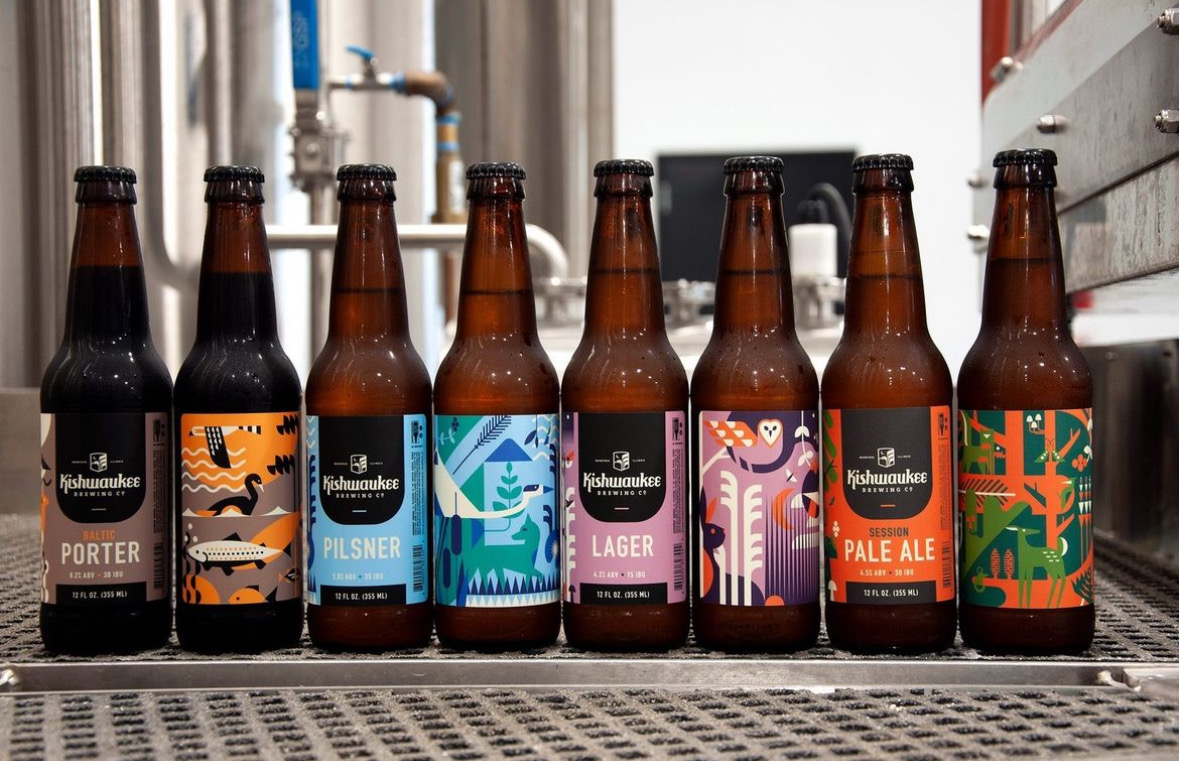
Your Pre-Production Checklist
Here’s a quick checklist to make sure everything’s in order before you print.
- Artwork Quality: Ensure your artwork is at least 300 DPI (for clear, sharp images) and in CMYK (to guarantee accurate print colors).
- Material Selection: Review material samples—whether it’s matte, gloss, or textured finishes—to decide which look best enhances your design.
- Compliance Check: Double-check that your design follows the Alcoholic Beverage Label Act and that all mandatory info is included.
- Printer Consultation: Meet with your printer to confirm that your design files and chosen materials will work during production.
How to Choose the Right Beer Label Designer
Before you hire a designer, it’s important to do your homework to find someone who’s the right fit for your brewery. Your beer is unique, and the market is more crowded than ever. Here’s how you can make the best choice:
- Evaluate Their Portfolio: Look for designers with specific experience in the beer or beverage industry. Their portfolio should show creativity and a solid understanding of how designs work in the real world.
- Ask the Right Questions: In your initial conversations, ask about their experience with print production, regulatory compliance, and how they capture your brand’s story.
- Questions to Consider:
- What experience do you have with beverage labels?
- How do you ensure your designs meet regulatory standards?
- Can you share a case study where your design improved a brand’s sales?
- Set Clear Expectations: Prepare a detailed brief that outlines your technical needs and creative vision. This minimizes misunderstandings and ensures the final product is exactly what you need.
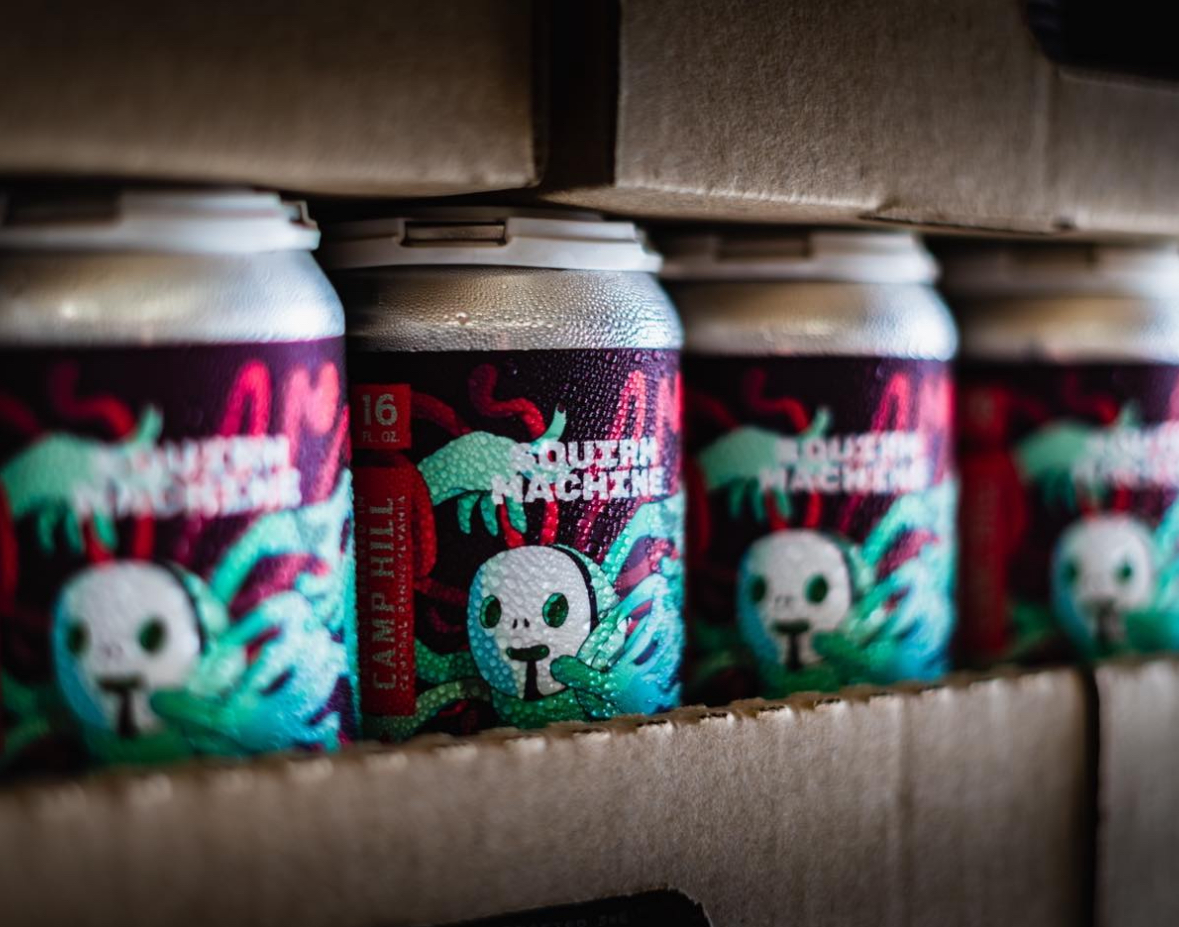
Consider Artwork Styles That Fit Your Brand
When reviewing a designer’s portfolio, pay close attention to their artwork style to ensure it aligns with your brand personality and your target audience. Consider the following elements:
- Illustration vs. Photography: Does your beer brand lean toward playful and illustrated graphics or more refined photographic imagery? Choose a designer whose illustrative style consistently matches your intended vibe.
- Typography Choices: Type plays a huge role in readability and personality. Look at whether the designer’s typographic choices—from bold, eye-catching fonts to subtle, minimalist lettering—match your brand’s tone and the impression you want to make.
- Color Usage: Evaluate if the designer’s use of color resonates with your brewery’s identity. Bold, vibrant colors attract attention but may not align with every brand story, whereas muted or vintage palettes can convey tradition or craftsmanship.
- Consistency and Flexibility: Consider whether their style can consistently carry through various product lines or seasonal beers while still offering enough flexibility to differentiate each brew.
Ready to Elevate Your Beer Label Design?
If you need a talented designer who can make your labels stand out while ensuring technical excellence and strategic impact, we’re here to help.
Over the years, we’ve worked with plenty of designers who excel at creating incredible designs and understanding the digital printing process inside and out. You can trust our national network of design experts to help your beer win hearts and shelves alike.
Check out our directory of approved beer label designers today. When your design is all set, drop us a line, and we’ll be happy to talk about digital printing options for your bottles or cans.
